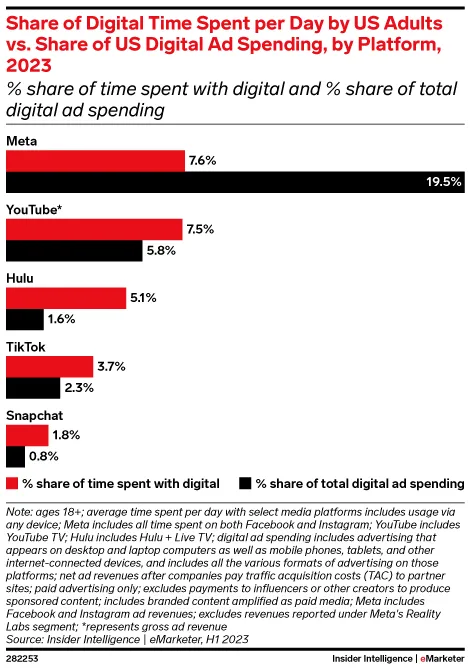The US retail industry has faced significant challenges and disruptions in recent years, particularly due to the COVID-19 pandemic. However, there are signs of recovery and growth on the horizon. According to projections, US retail sales are expected to experience a 2.9% increase this year. In this article, we will delve into the factors driving this projected growth, the evolving consumer behavior patterns, and the implications for retailers.
Factors Driving Projected Growth:
Economic Recovery:
- As the US economy recovers from the impact of the pandemic, consumer confidence is improving. Factors such as increased vaccination rates, easing of restrictions, and government stimulus measures have contributed to a more favorable economic environment. This positive sentiment is likely to drive increased consumer spending and contribute to the projected growth in retail sales.
Strong E-commerce Performance:
- E-commerce has been a significant driver of retail sales growth in recent years, and its momentum is expected to continue. The convenience and safety of online shopping, coupled with investments in logistics and fulfillment, have positioned e-commerce retailers for success. As consumers embrace digital channels, online sales are projected to contribute significantly to the overall retail sales growth.
II. Evolving Consumer Behavior Patterns:
Emphasis on Omnichannel Shopping:
- The pandemic accelerated the shift towards omnichannel retail, with consumers seeking a seamless shopping experience across online and offline channels. Retailers that have successfully integrated their physical and digital operations are likely to benefit from this trend. Offering options like buy online, pick up in-store (BOPIS) and same-day delivery can attract consumers who value convenience and flexibility.
Continued Demand for Home and Lifestyle Products:
- The pandemic has led to a shift in consumer priorities, with increased focus on home and lifestyle products. As people spend more time at home, they are investing in home improvement, furnishings, and home office equipment. This sustained demand for home-related products is expected to contribute to the growth of retail sales in specific categories.
Implications for Retailers:
Enhanced E-commerce Capabilities:
- To capture a share of the projected retail sales growth, retailers must invest in enhancing their e-commerce capabilities. This includes optimizing their online platforms, improving website performance, and providing a seamless shopping experience across devices. Investments in digital marketing, personalized recommendations, and customer service are also crucial to attract and retain online shoppers.
Focus on In-store Experience:
- While e-commerce is thriving, brick-and-mortar stores still play a significant role in the retail landscape. Retailers should prioritize enhancing the in-store experience to attract customers. Strategies such as store redesign, experiential elements, and knowledgeable staff can differentiate the physical shopping experience and create a competitive advantage.
Embracing Data-driven Insights:
- Data analytics and customer insights are invaluable tools for retailers to understand consumer preferences and behaviors. By leveraging data-driven insights, retailers can tailor their product offerings, marketing campaigns, and inventory management to meet evolving consumer demands effectively. Retailers that can harness the power of data will be better equipped to drive sales growth and customer satisfaction.
Navigating Challenges and Uncertainties:
Supply Chain Disruptions:
- Retailers should be prepared to address potential supply chain disruptions that may impact inventory availability and lead times. Proactive communication with suppliers, diversification of sourcing, and agile inventory management strategies can help mitigate the impact of supply chain challenges.
Changing Consumer Preferences:
- Consumer preferences and behaviors are evolving rapidly, influenced by factors such as sustainability, social responsibility, and convenience. Retailers must stay attuned to these changing preferences and adapt their product offerings, marketing strategies, and customer experiences accordingly.:
The projected growth of 2.9% in US retail sales this year presents an optimistic outlook for the industry. Economic recovery, strong e-commerce performance, and evolving consumer behavior patterns are key drivers behind this growth. Retailers must adapt to changing dynamics by enhancing their e-commerce capabilities, focusing on delivering exceptional in-store experiences, and leveraging data-driven insights. Navigating challenges such as supply chain disruptions and changing consumer preferences will require agility and proactive strategies. By capitalizing on the projected growth and staying responsive to consumer needs, retailers can position themselves for success in the evolving retail landscape.











Leave feedback about this